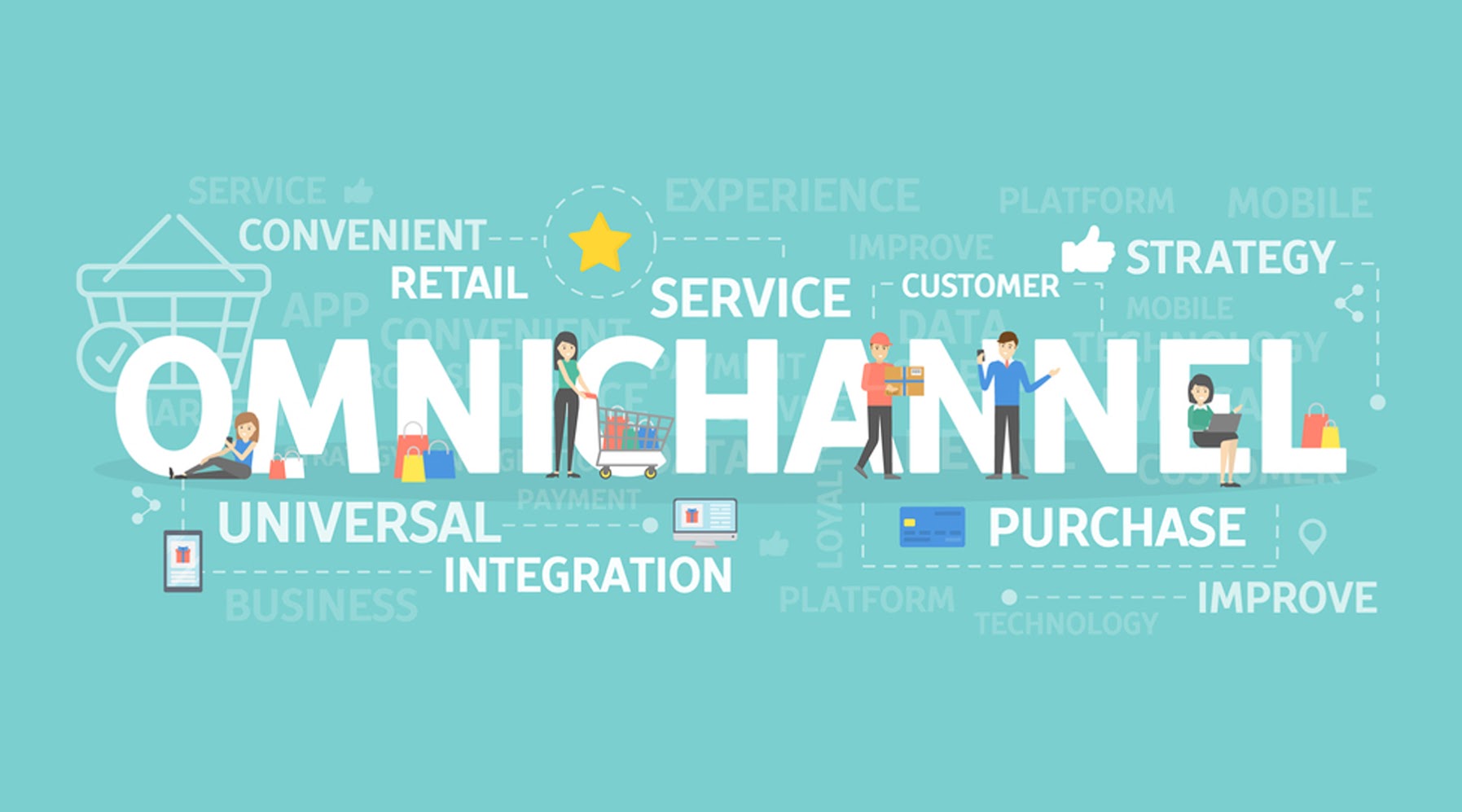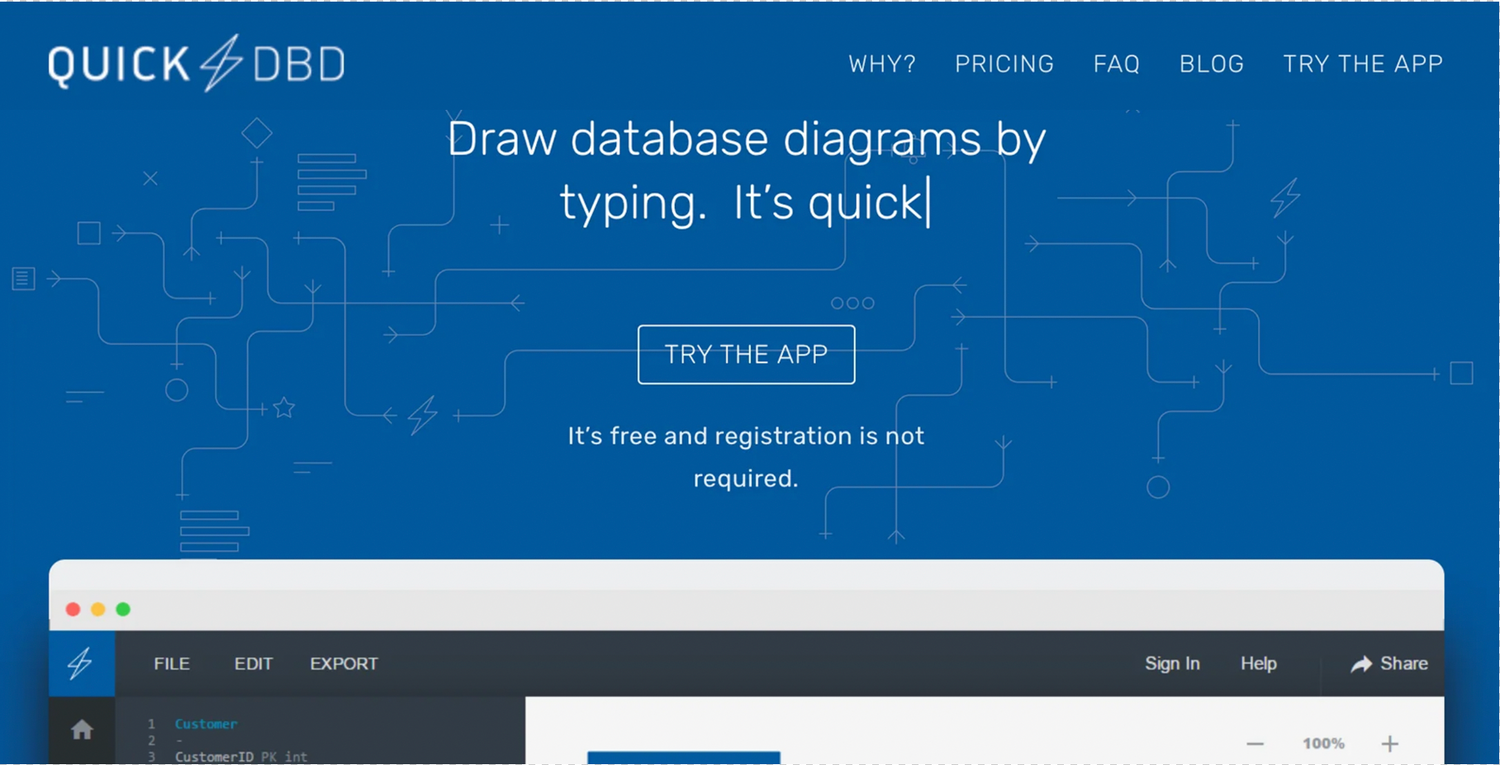Do you think marketing is the same as it used to be just a few years ago? Definitely not!
New trends consistently emerge in today's ever-evolving world, and some are here to stay. One such trend is omnichannel marketing.
Omnichannel is becoming one of the most popular words in marketing. Ever wonder what exactly it is all about? That’s precisely what we’ll focus on in this blog post!
What is Omnichannel Marketing?
By definition, omnichannel marketing is the integration of many channels to provide customers with a seamless brand experience across all platforms.
Or in simpler words, a business communicates its marketing messages, sells its products/services, and provides customer services on multiple channels.
What is a channel? Instagram is a channel. TikTok is a channel. Facebook, Shopify, Website, Etsy, eBay, Physical store, Farmers Market, etc. It's anywhere you connect with a customer.
The primary aim is to create a cohesive customer journey at every business touchpoint.
Examples of these touchpoints include e-commerce websites, personalized email marketing, native selling on social media platforms like Facebook and Instagram, brick-and-mortar stores, social media advertising, and retargeting.
Using omnichannel campaigns, brands aim to reach their customers at all the available places instead of waiting for them to approach the brand on a single platform.
One of the examples of omnichannel marketing is Zumiez. The apparel retailer is committed to providing customers with a seamless shopping experience through options like earning loyalty points across multiple channels and more than one way to return an order.
What’s more, customers can even shop online and pick up their orders in-store!
We hope that helped you gain insight into how the integration works regarding omnichannel marketing.
Before going any further, let's get something out of the way. Omnichannel marketing is often interchangeably used with multi-channel marketing, but they differ. Let's discuss the omnichannel vs. multi-channel approach next.
Omnichannel vs. Multi-channel Marketing
Omnichannel integrates different platforms to provide customers with a seamless shopping experience at every contact with a brand.
On the other hand, multi-channel marketing is when a business uses multiple channels to reach different groups of customers.
For example, a brand has a physical store for customers who like to shop in stores. Meanwhile, they also have a solid social media presence and an e-commerce store for the ones who prefer to shop online.
Brands that use a multi-channel approach do so to drive engagement and sales by attracting new customers from each platform. Instagram marketing efforts will be directed toward gen z clients who spend most of their time on Instagram.
In conclusion, multi-channel marketing reaches customers on different platforms independently; the channels aren't connected. Omnichannel marketing is more about customers and businesses being able to contact each other at all times and places, regardless of the channel they're using.
Benefits of Omnichannel Marketing
If you’re wondering whether you should jump on the bandwagon, the answer is yes!
After all, a study shows that brands with strong omnichannel customer engagement see a 9.5% yearly increase in annual revenue!
Let the benefits of omnichannel marketing convince you why you should incorporate it into your marketing strategy:
1. Increased sales and customer retention
Through omnichannel marketing, brands engage with their customers throughout their buyer journey. This drives brand recognition and increases sales as customers prefer to buy from familiar brands.
According to a study conducted by Harvard Business Review, omnichannel customers are likely to spend more online than other customers. Furthermore, targeted communication with customers across all touchpoints help create loyalty as they feel connected to the brand.
2. Better customer relationships
Omnichannel marketing creates a seamless shopping experience for customers. It ensures they have many ways to contact the brand should a need for contact arise. This counts towards a positive customer experience and helps businesses form strong customer relationships.
Moreover, adjusting the marketing messages according to the channel is crucial as it’s not necessary that if something has performed well on one channel, it will do so on other platforms too.
3. An edge over competitors
Despite omnichannel marketing being so beneficial, only some businesses have adopted the approach. This means it's the right time for you to get into it!
Customers prefer brands that create a smooth and hassle-free shopping experience across all platforms compared to businesses with only a brick-and-mortar store, let's say. This gives the company that uses omnichannel marketing a competitive advantage over similar businesses operating in the same field.
4. Better insight into customer behavior
One of the most crucial benefits of omnichannel marketing is that it lets brands get to know their customers on a deeper level.
They can collect data from different touchpoints to learn more about their customers' purchasing behavior, both offline and online. For example: their social media usage, shopping carts, cookies, point-of-sale (PoS) systems, etc.
What’s more, brands can measure the success of each touchpoint to see which channel’s performing the best and which one needs work.
5. Improved collaboration between teams
Last but not least, omnichannel marketing means different teams within a business work together to provide a smooth customer experience instead of working on goals separately.
Teamwork toward achieving mutual goals improves efficiency and is bound to reflect how a brand engages with its customers.
How to Get Started With Omnichannel Marketing
Now that we’ve discussed all the basics of omnichannel marketing and its benefits, it’s time to help you get started.
Let us guide you through the omnichannel marketing tools needed to provide a seamless journey to your customers.
1. Understand your audience
Of course, this sounds like a no-brainer. Still, it's the initial step towards having a successful omnichannel marketing campaign since it is a customer-focused marketing strategy.
There are multiple ways to get to know your target audience. Start with market research, where you can get customer profiles of your ideal customers and learn about their likes and dislikes, pain points, interests, spending habits, etc.
You can hire market research agencies dedicated to helping you learn everything about your market and customers.
Or, you can analyze your customers’ behavior via their social media engagement patterns. For example, you can use Instagram Insights to see how your content performs and engagement statistics to see whether they prefer short-form video content or static posts.
Additionally, you can learn more about your customers via their engagement with your previous campaigns.
2. Start with the basics
Building an omnichannel experience that’s just right for your customers takes time. We suggest you start with a website and popular social media channels.
The key here is to post content and engage with your customers consistently. One mistake to avoid here is that you pay attention to any one channel more than the others.
For example, your Instagram presence is strong, and the engagement is off the charts. However, not engaging with your customers on Facebook or not replying to their queries will leave a wrong impression on them; it makes your business look unprofessional.
You can easily manage engagement across multiple platforms via a social media management tool such as HubSpot’s Marketing Hub.
3. Consider the customer’s journey
As a business owner, you need to understand that all of your customers go through a personal and entirely different experience when shopping from your brand.
Consider this: A new customer shopping from you for the first time might need additional support than your old customers.
This doesn’t mean one is less important than the other; it just means that you must pay attention to a customer’s journey – from the moment of their initial engagement to purchase.
Use content mapping to see where your customers are in their journey and adjust your marketing plan accordingly. This helps streamline your content and provides customers with the correct information at the right time.
4. Give customers device and platform-appropriate CTAs (Call To Action)
The most essential thing in omnichannel marketing is to make yourself accessible to customers on every channel.
Every time you engage with your customers, the engagement should include a CTA telling them what they need to do next. Ensure that you’re using the correct CTAs. For example, an Instagram ad should lead to the mobile-friendly version of the website, not the desktop version.
Providing incorrect CTAs or those that don’t work can turn customers off.
Parting Thoughts
All in all, omnichannel marketing has many benefits for you. Since only a few businesses have successfully implemented this strategy, you can be one of the first to be known for their excellent omnichannel approach!



